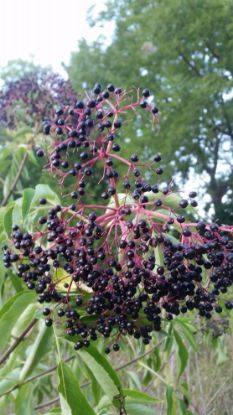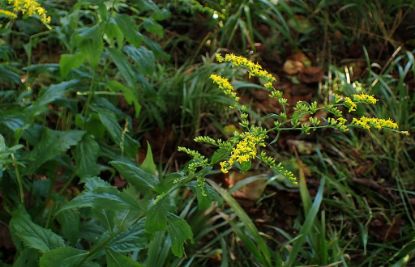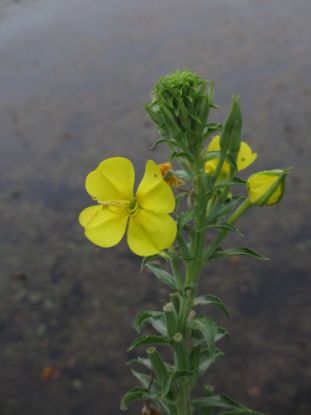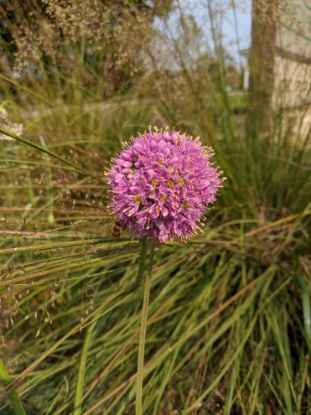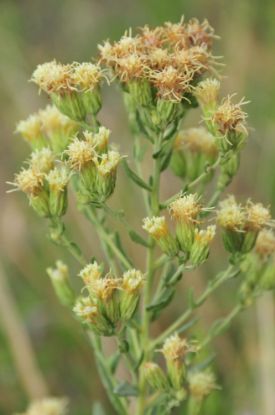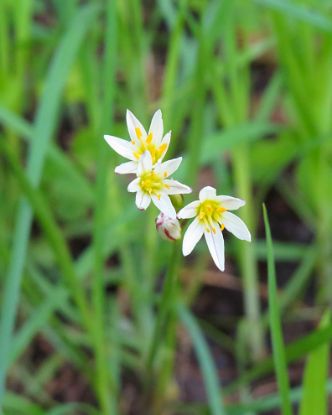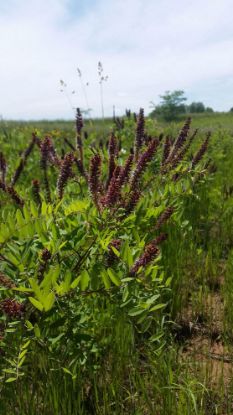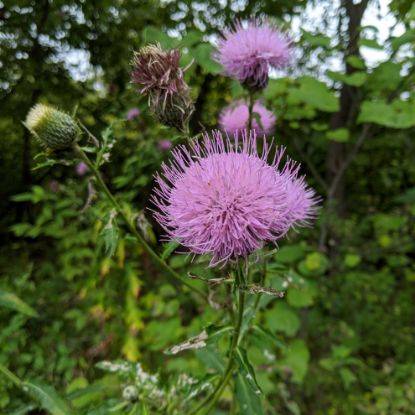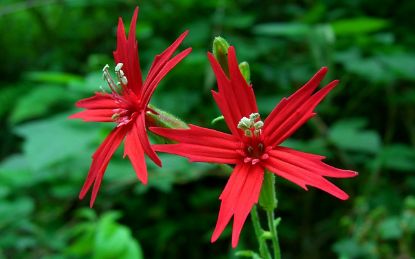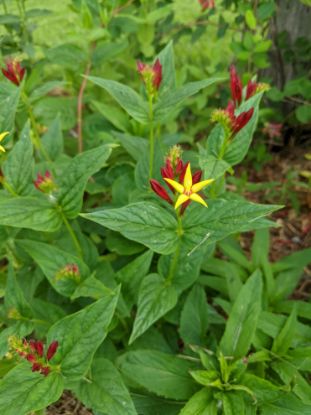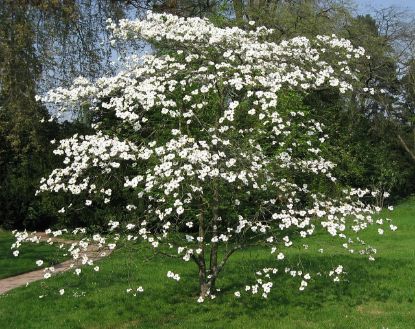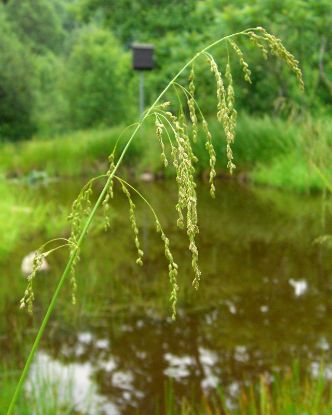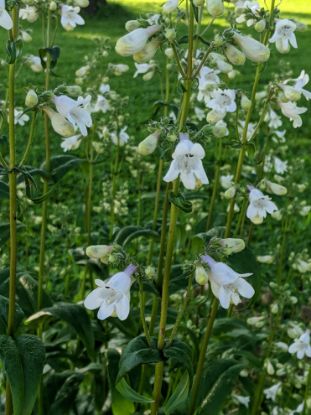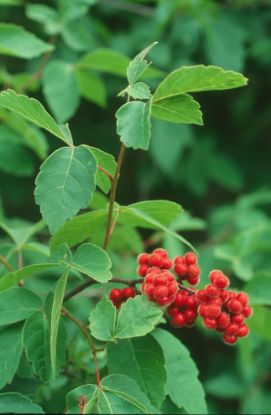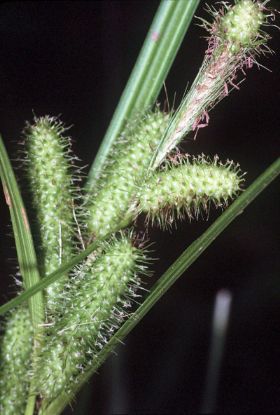Filter by attributes
Products
Sort by
Display
per page
View as
305 products found
Elderberry (Sambucus canadensis)
Fruits are attractive to wildlife, including humans which use it to make jams, jellies, pie fillings, and wine. Puts out suckers to form colonies.
I'm sleeping right now. See you in the spring.
From $6.00
Elm Leaf Goldenrod (Solidago ulmifolia)
A shorter goldenrod great for your shady garden. May colonize by rhizomes. Goldenrods are great pollen and nectar sources in late fall, and host plants for several moth species. Can spread as wide as tall.
I'm sleeping right now. See you in the spring.
$6.00
Evening Primrose (Oenothera biennis)
Biennial. Needs disturbed soil to help reseed. Beneficial to many pollinators.
Out of stock
$6.00
Fall Glade Onion (Allium stellatum)
A beautiful onion bulb with deep secondary roots that make it drought tolerant. Not preferred by deer or rabbits. Attracts small pollinators.
I'm sleeping right now. See you in the spring.
From $6.00
False Boneset (Brickellia eupatorioides)
Though the flowers aren't showy, we absolutely love the puffball seeds that glow in the winter, especially against bronze grasses like shorter Andropogons or Little bluestem. Deeply rooted plant tolerant of extreme drought.
I'm sleeping right now. See you in the spring.
$6.00
False Garlic (Nothoscordum bivalve)
Despite its name, this plant is not for human consumption. Good early source of nectar. Looks like small tufts of grass when not in bloom.
I'm sleeping right now. See you in the spring.
$6.00
False Indigo Bush (Amorpha fruticosa)
Prefers full sun and well-drained soils, but can tolerate short periods of flooding. Blooms on old growth, so trim after bloom. Can form a thicket.
I'm sleeping right now. See you in the spring.
From $6.00
Field Thistle (Cirsium discolor)
Biannual. A beautiful native thistle (be careful when you plant it) that blooms the second year. Goldfinch love the seeds and you may even see a hummingbird visit for nectar.
Out of stock
$6.00
Fire Pink (Silene virginica)
A great addition to your hummingbird garden. Short lived perennial but may reseed if given some bare ground.
I'm sleeping right now. See you in the spring.
$6.00
Firecracker (Spigelia marilandica)
A nice pop of summer color for your shade garden. Great form and leaf texture. Comes up later in the spring, so plant with spring ephemerals or other plants that emerge earlier.
I'm sleeping right now. See you in the spring.
$6.00
Flowering Dogwood (Cornus florida)
The Missouri state tree. Prefers acidic soil and shadier sites. Displays red berries in the fall.
I'm sleeping right now. See you in the spring.
From $14.00
Fowl Manna Grass (Glyceria striata)
A tall grass good for pond edges to provide cover for small animals. Not preferred by deer.
I'm sleeping right now. See you in the spring.
$6.00
Foxglove Beardtongue (Penstemon digitalis)
Stunning white flowers. Seed pods also add beauty and texture to the garden. A study in KC showed that Penstemon is one of the plant genera in our area that attracts the largest number of different bee species.
I'm sleeping right now. See you in the spring.
From $6.00
Fragrant Sumac (Rhus aromatica)
May form a thicket. May be monoecious or dioecious, so may need a male and female to produce seed; we don't guarantee the plants gender. Fragrant leaves, resemble poison ivy, but this is not poisonous.
I'm sleeping right now. See you in the spring.
$14.00
Frank's Sedge (Carex frankii)
Sedges have edges – feel the triangular stems. These short, grass-like plants add texture to the garden and create a nice ground cover. Birds eat the seeds.
I'm sleeping right now. See you in the spring.
$6.00
